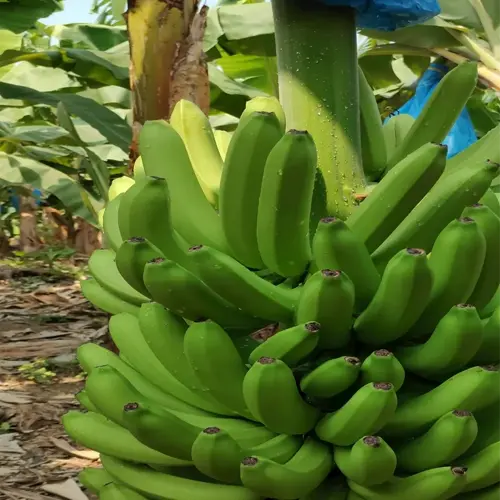What fertilizer works best for beets?

Written by
Kiana Okafor
Reviewed by
Prof. Martin Thorne, Ph.D.The topic of how to grow beets with the best nutrition starts with balanced feeding. At the beginning of my gardening career, I over-applied nitrogen fertilizers and grew big leafy greens with round roots the size of a marble. Now, I focus on phosphorus for root growth and potassium for disease resistance. I have a soil test done every spring, and it helps with the amendments I apply.
Organic Options
- Compost: 2-3 inches worked into top 8 inches of soil pre-planting
- Bone meal: 1 cup per 10 sq ft for phosphorus boost
- Kelp meal: Provides trace minerals when mixed at planting
Synthetic Options
- 10-10-10 formula: ¼ cup per 10 sq ft at 6-week mark
- Ammonium sulfate: 1 tbsp/gal water for nitrogen-deficient soils
- Superphosphate: 2 lbs/100 sq ft for clay soils needing phosphorus
Boron deficiency is evident when root systems develop small black heart spots. I have fixed this situation by mixing 1 teaspoon of Borax per 10 gallons of water and making the application as a soil drench every three weeks while the roots were expanding, during late summer and early fall. If too much Boron is applied, the leaves can burn, so I recommend spot-treating the areas that are affected first.
Timeliness is more critical than the amount used. I fertilize with 70% of the total needed before planting and keep 30% for a side-dressing at 6 weeks. This is more effective than having some nitrogen move out of the root zone in sandy soils. If doing a fall crop, reduce the amount of nitrogen to prevent tender growth before frost.
Stay away from those high nitrogen formulas where the plant growth is more focused on the personnel; my experience shows that blends of 5-10-10 for example will give you 20% larger roots than different balanced formulas of the 5-12-12 or 8-8-8 heartbeat. I usually use a tea compost every fourteen days for microbial activity. Test your soil every year because excessive phosphorus will impair and lock out your zinc over time.
Read the full article: How to Grow Beets: Expert Tips for Sweet Roots & Vibrant Greens

